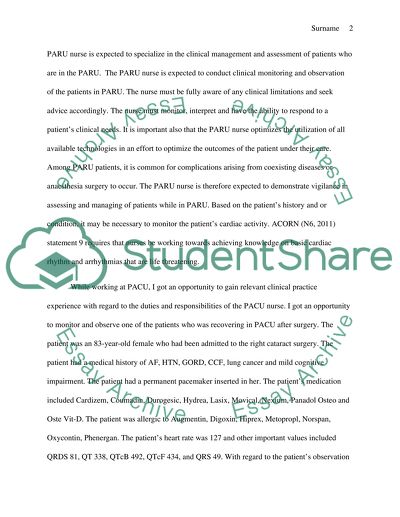Cite this document
(“ECG Interpretation of the Post Anaesthetic Patient Essay”, n.d.)
Retrieved from https://studentshare.org/nursing/1448201-reflective-clinical-practice-in-ecg-interpretation
Retrieved from https://studentshare.org/nursing/1448201-reflective-clinical-practice-in-ecg-interpretation
(ECG Interpretation of the Post Anaesthetic Patient Essay)
https://studentshare.org/nursing/1448201-reflective-clinical-practice-in-ecg-interpretation.
https://studentshare.org/nursing/1448201-reflective-clinical-practice-in-ecg-interpretation.
“ECG Interpretation of the Post Anaesthetic Patient Essay”, n.d. https://studentshare.org/nursing/1448201-reflective-clinical-practice-in-ecg-interpretation.


